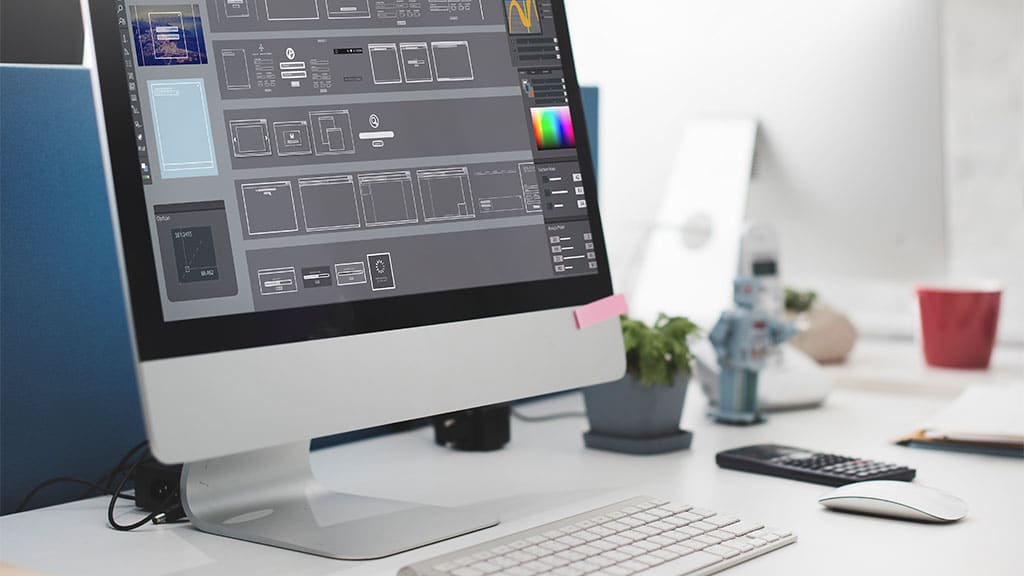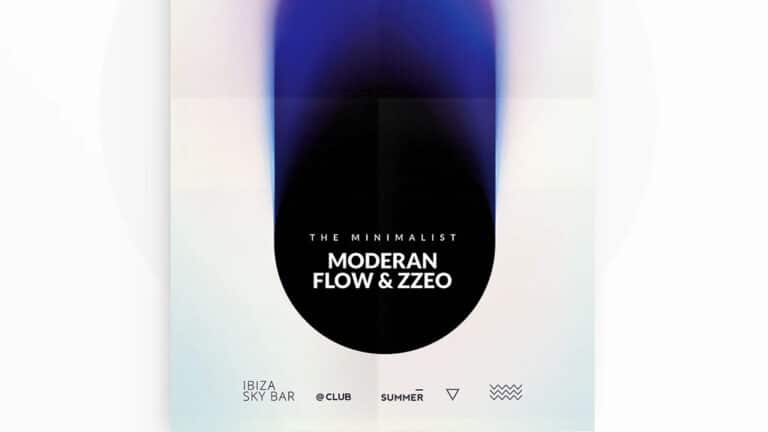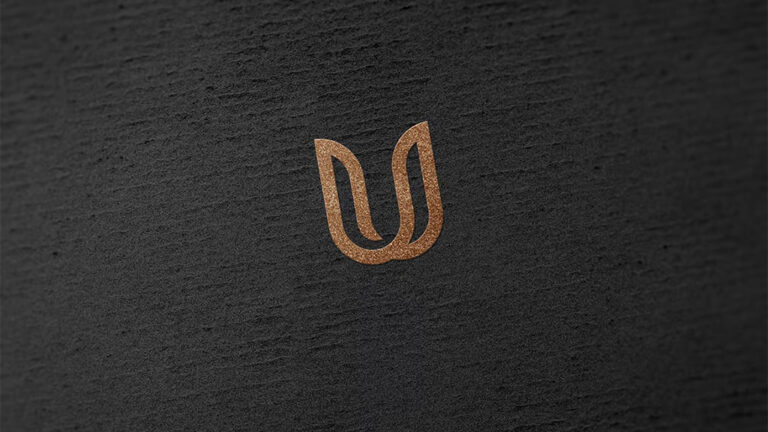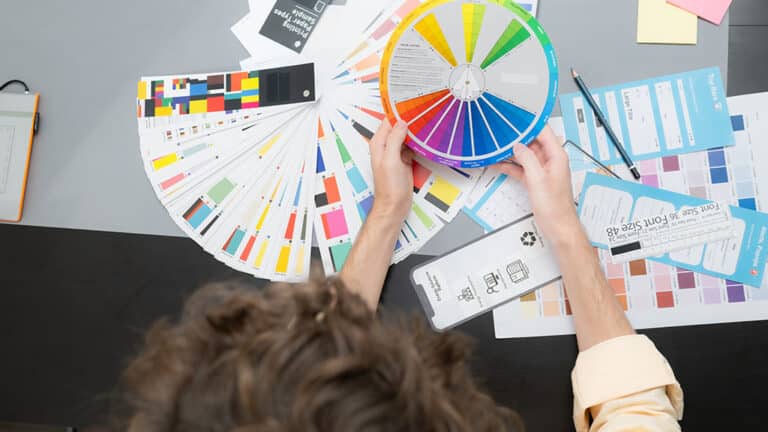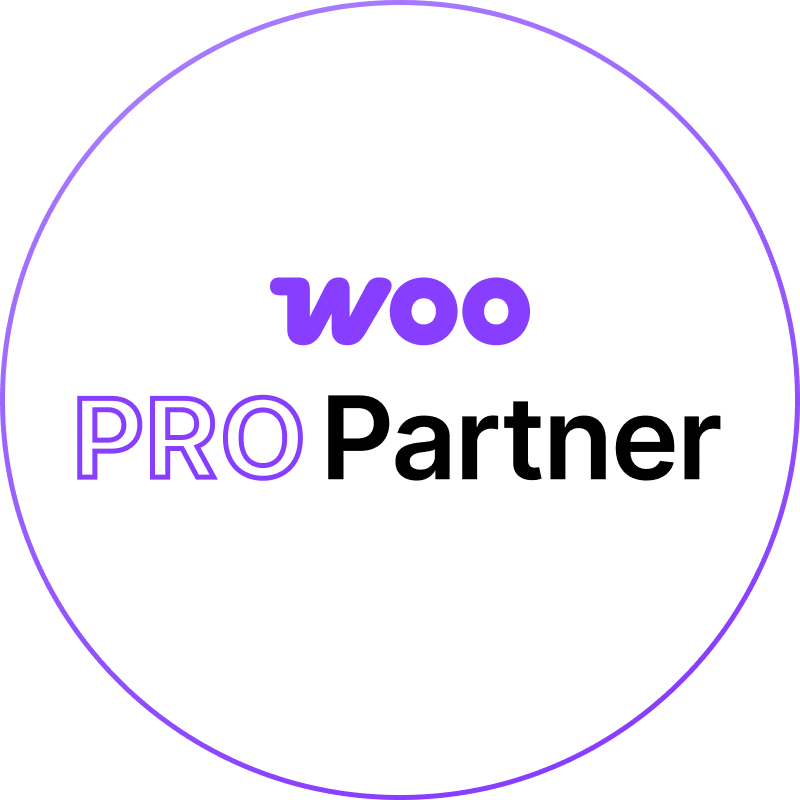DIY Graphic Design Tools vs. Hiring a Professional Designer
Graphic design has become more accessible than ever before. With the rise of easy-to-use platforms like Canva, Adobe Express, and VistaCreate, businesses of all sizes now have access to tools that once required expensive software and advanced design skills. These DIY platforms promise quick results, stylish templates, and the ability to create graphics in minutes—all without hiring a professional designer.
For small businesses and startups, this accessibility is incredibly appealing. It offers a way to produce branded visuals on a tight budget and with little prior experience. From social media posts to flyers, logos, and presentations, DIY design tools have opened the door for more entrepreneurs to manage their own visual branding.
However, while DIY design can be helpful in the early stages or for quick-turn content, there are limitations that become more apparent as your business grows. Creating visually consistent, high-quality, and strategy-driven designs across platforms often requires a level of expertise that these tools can’t fully replicate. The choice between DIY design and hiring a professional designer isn’t always clear-cut, but understanding the strengths and weaknesses of each can help you make the right decision for your brand.
Affordability and Accessibility of DIY Tools
One of the biggest draws of DIY design tools is their low cost. Many platforms offer free plans or affordable monthly subscriptions, allowing businesses to start creating designs with minimal investment. For new businesses without a design budget, this affordability can be a game-changer.
In addition to being budget-friendly, these tools are also user-friendly. They feature intuitive drag-and-drop interfaces, pre-made templates, and built-in asset libraries that make it easy to design without any prior knowledge of color theory, typography, or layout. You don’t need to understand design principles to get started—you just need a bit of creativity and the willingness to experiment.
This accessibility allows business owners, marketers, and social media managers to create on-brand visuals quickly and without relying on an outside designer. You can customize templates, upload your logo, and produce content on the fly—especially helpful for fast-moving platforms like Instagram and Facebook.
For time-sensitive content or small, one-off projects, these tools can be incredibly effective. They allow you to maintain an active visual presence, meet marketing deadlines, and test out ideas with minimal overhead. For many businesses, they provide a practical and empowering way to take control of their brand’s visuals—at least in the short term.
The Learning Curve and Time Commitment
While DIY platforms are marketed as quick and easy, the reality is that creating consistently polished, on-brand design takes time—often more than business owners anticipate. Learning how to use a platform is one thing; learning how to design well within that platform is another.
To achieve a professional look, users must still understand the basics of design: spacing, alignment, contrast, hierarchy, and balance. Without this knowledge, even the most beautiful template can fall flat. And as your brand expands, managing multiple assets across social media, email, your website, and printed materials becomes increasingly complex.
There’s also the matter of revisions. DIY design often involves trial and error—tweaking colors, fonts, and layouts until something “feels right.” This process can be time-consuming, especially when you’re juggling other responsibilities. What starts as a quick Instagram graphic can turn into a two-hour task if you’re not confident in your design direction.
This is where hiring professionals becomes a strategic decision. By investing in graphic design agency services, you free up time and gain access to skilled designers who understand both visual aesthetics and brand strategy. They work faster, make more informed design decisions, and ensure that every asset aligns with your brand’s goals and identity.
Design Limitations and Creative Constraints
DIY design tools are built for ease of use, but that simplicity often comes at the cost of creative flexibility. Most platforms rely heavily on pre-made templates, and while these can be a helpful starting point, they often lack the customization needed to truly reflect your brand’s uniqueness. After all, the same templates are being used by thousands of other businesses—and it shows.
When you rely on these templates, you’re often working within rigid parameters. You can tweak the colors and change the fonts, but you may not be able to adjust spacing, layer elements freely, or achieve the exact design structure you envision. As a result, your materials may start to look generic or mismatched—especially when you try to adapt one design style to multiple platforms.
This can become a real problem when your brand requires more than just social media graphics. Packaging, signage, pitch decks, and branded merchandise all demand custom layouts, scalable design, and print-ready formats—things most DIY tools aren’t optimized to handle. You might find yourself struggling to fit within the platform’s capabilities, leading to design choices that compromise quality or coherence.
Professional designers don’t operate within those same limitations. They can work from a blank canvas, tailor every aspect of your visual identity, and build assets that are optimized for every use case. Whether it’s designing around a complex product concept or creating a brand look that’s never been done before, professionals bring both the creative skill and technical know-how that DIY tools simply can’t replicate.
Consistency Challenges in Brand Identity
One of the biggest risks of relying solely on DIY design is inconsistency. As your business grows, you’ll need to produce a wide range of visuals—ads, brochures, website assets, email graphics, and more. Without a clearly defined brand system and a deep understanding of visual hierarchy, it’s easy for these materials to drift in style, tone, and quality.
This inconsistency weakens your brand. When your visuals don’t follow a cohesive color palette, use varying fonts, or apply inconsistent spacing and layout rules, it confuses your audience. Over time, it makes your brand feel fragmented, unprofessional, or unreliable—even if the product or service behind it is solid.
DIY platforms try to help with branding tools like saved palettes and brand kits, but they don’t enforce design rules. It’s up to the user to make sure everything stays visually aligned—and if multiple team members are creating content, things can get messy fast. Add in the temptation to grab new templates for every campaign or promotion, and your brand can lose its visual identity altogether.
Professional designers create with consistency in mind from day one. They establish clear guidelines around typography, color, spacing, layout, and imagery. They can develop a full brand system, complete with templates and a style guide that ensures your brand shows up the same way every time, on every platform. That level of consistency builds trust—and trust leads to stronger customer relationships and long-term loyalty.
Strategy vs. Style: What Professionals Bring to the Table
There’s a major difference between making something look “cool” and designing something that’s strategically effective. DIY tools often focus on style—providing trendy layouts, flashy elements, and aesthetic appeal. But without a strategy behind the visuals, even the best-looking design might miss the mark in terms of messaging, user engagement, or brand alignment.
Professional designers don’t just think about what looks good. They think about why it works. They ask strategic questions: What is the goal of this piece? Who is it for? What do we want them to feel or do after seeing it? Every design decision—from font choice to image selection—is made with those goals in mind.
This kind of strategy is particularly important when your brand is trying to differentiate in a crowded market. You need visuals that not only grab attention but also communicate your unique value clearly and persuasively. A professional designer knows how to craft that message visually, building assets that do more than decorate—they drive results.
If your goal is to create a long-lasting, impactful brand, strategy should be at the core of your visual identity. And that’s something DIY platforms can’t provide—no matter how many templates or stock images you have at your fingertips.
Quality and Scalability of Professional Work
When it comes to graphic design, quality matters—and it becomes increasingly important as your business scales. While DIY tools are great for creating quick visuals, they often fall short when you’re producing designs for print, high-resolution digital campaigns, or large-format materials like trade show displays or signage.
DIY designs are typically created using raster-based tools and compressed file formats, which can lead to pixelation or blurriness when resized. This is especially problematic for logos or illustrations that need to be printed at various sizes. A low-quality logo might look fine on a phone screen, but when it’s stretched across a banner or used on product packaging, its limitations become painfully obvious.
Professional designers work with industry-standard tools that allow them to create high-resolution, vector-based graphics that scale seamlessly—no matter the format or platform. They also understand the technical specs required for different outputs, whether it’s CMYK color settings for print, bleed and trim margins for brochures, or RGB optimization for digital ads.
Beyond the technical side, professionals bring a level of visual refinement that’s hard to match with a template. Elements are aligned perfectly, spacing is intentional, and every part of the composition has a reason to exist. That quality of craftsmanship makes a lasting impression and helps elevate your brand in a way that DIY simply can’t.
As your business grows and your marketing efforts expand, the demand for scalable, professional-quality design assets will only increase. Starting with high-quality design ensures you won’t need to constantly rework or replace your visuals later, saving time and money in the long run.
Brand Differentiation and Customization
Your brand is unique—your visuals should be, too. One of the most significant drawbacks of DIY design tools is the reliance on templates that are accessible to millions of other users. While templates are convenient, they’re also overused, which means there’s a good chance another business (possibly even a competitor) is using a very similar design.
This lack of originality makes it harder for your brand to stand out. If your logo, brochure, or ad looks like everyone else’s, you’re missing a critical opportunity to make a strong, memorable impression. Consumers gravitate toward brands that feel authentic and well-defined—and originality is a big part of that equation.
Professional designers approach every project with a clean slate. They dig into your brand values, mission, voice, and audience. They look at what sets you apart and then translate that into a visual identity that is truly yours. That means every font pairing, color palette, icon, and layout is selected intentionally—not just because it looks good, but because it represents you.
This level of customization helps build brand equity over time. When your visuals are tailored to your message, they become easier to recognize and trust. You’re not just designing to “fit in”—you’re designing to lead, differentiate, and leave a lasting impression.
When It Makes Sense to DIY (and When It Doesn’t)
To be clear, there’s absolutely a time and place for DIY design. Not every project requires a professional touch, and in some cases, creating your own visuals can be a smart, practical choice.
If you’re just starting out and need quick social media posts, internal documents, or low-stakes graphics, DIY tools are perfect. They allow you to get your brand off the ground without waiting on external resources or stretching your budget too thin. They’re also useful for businesses that need to respond quickly—like posting real-time updates or testing different messages through A/B campaigns.
However, once you begin to establish a customer base, build long-term marketing strategies, or invest in advertising, it’s time to think bigger. This is especially true for assets that are public-facing, revenue-generating, or brand-defining—such as your logo, website design, product packaging, or key ad campaigns. These are the visuals that shape perception, influence purchase decisions, and set the tone for how people experience your brand.
A general rule of thumb: DIY is fine for content that’s temporary or tactical. For anything strategic, permanent, or foundational to your brand identity, professional design is the better investment.
Conclusion: Balance Budget with Long-Term Brand Impact
The choice between DIY design tools and hiring a professional isn’t just about cost—it’s about value. DIY tools are incredibly useful for quick fixes, fast content, and small-scale projects. But when it comes to building a cohesive, scalable, and strategic visual identity, nothing compares to the experience and insight of a professional designer.
A professional doesn’t just create something that looks good. They craft something that works—something that communicates clearly, differentiates your brand, and resonates with your audience. They bring consistency, technical expertise, and creative strategy to every piece of content you produce.
That’s not to say you need to choose one or the other. In fact, many successful businesses use a hybrid approach: professional design for brand assets and templates, combined with DIY tools for everyday content creation. This creates efficiency without sacrificing quality.
Ultimately, the decision comes down to understanding where your brand is now—and where you want it to go. If your goal is long-term growth, customer trust, and a brand that people remember, investing in professional design isn’t a luxury. It’s a smart, strategic move that will pay dividends well beyond your next post or promo.

